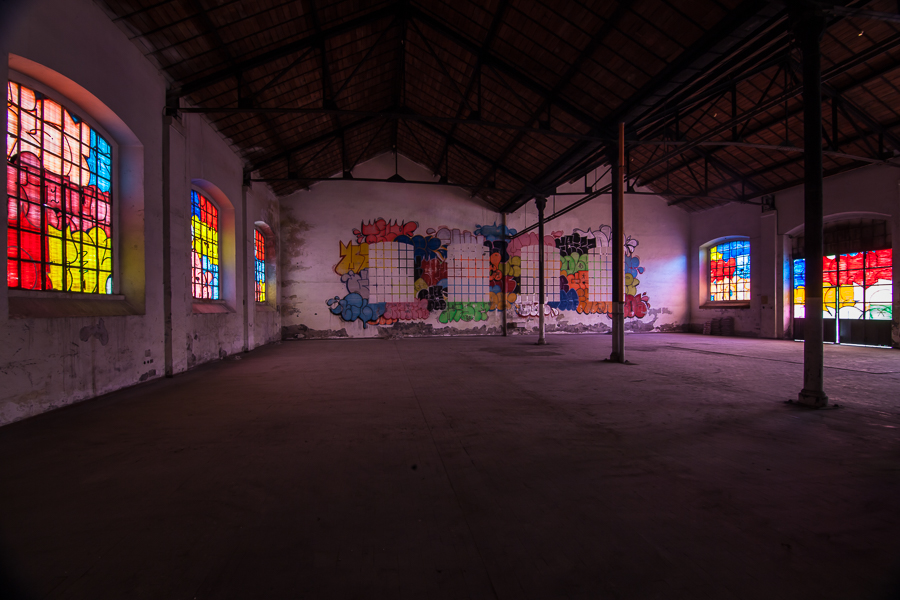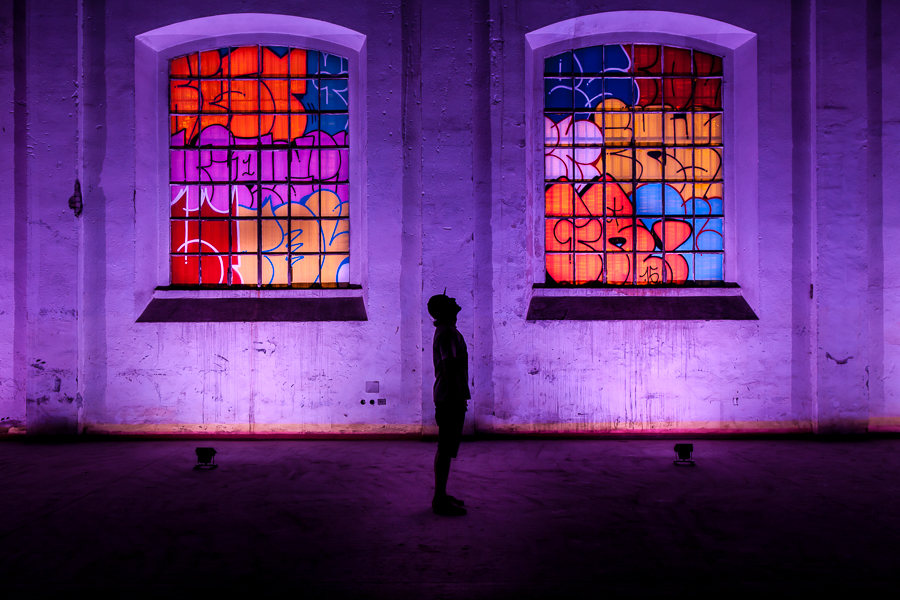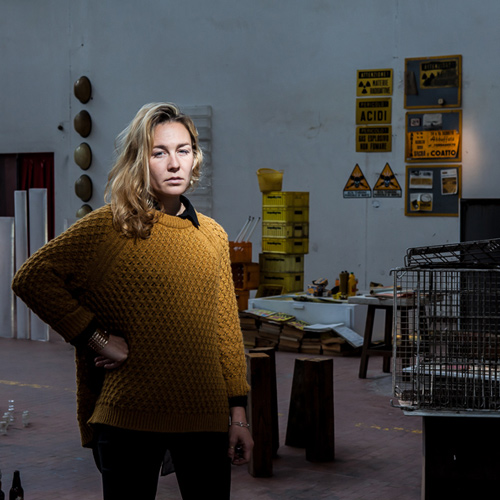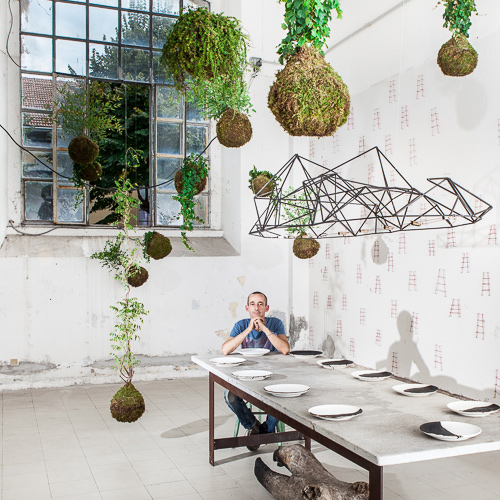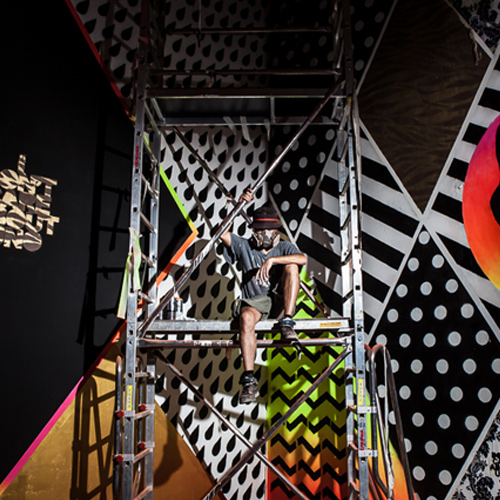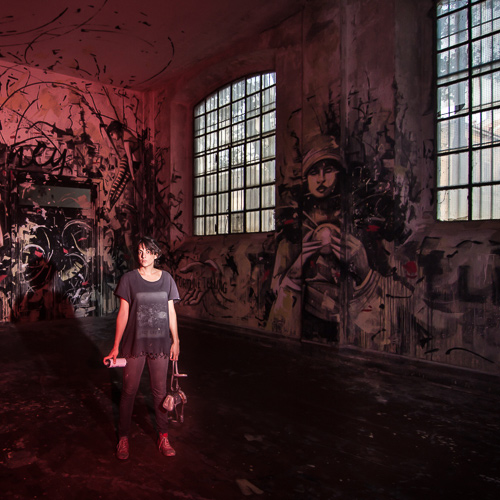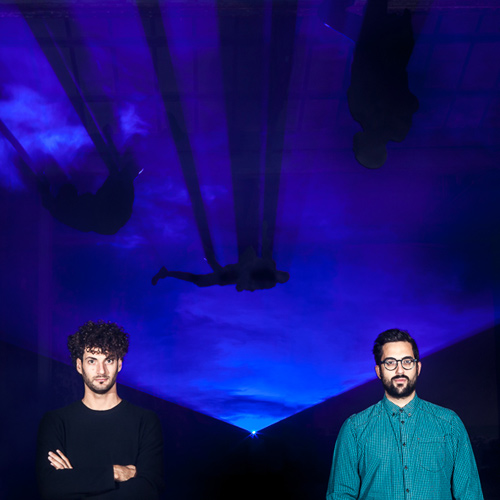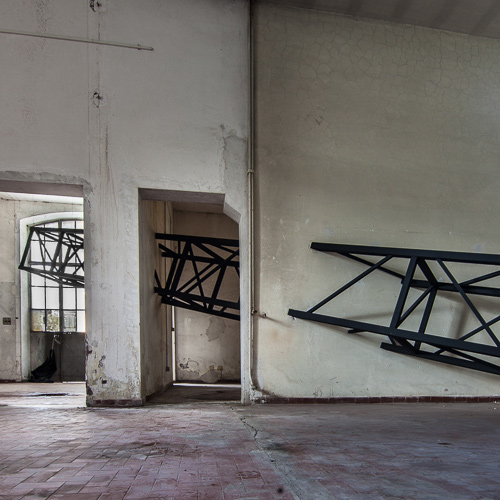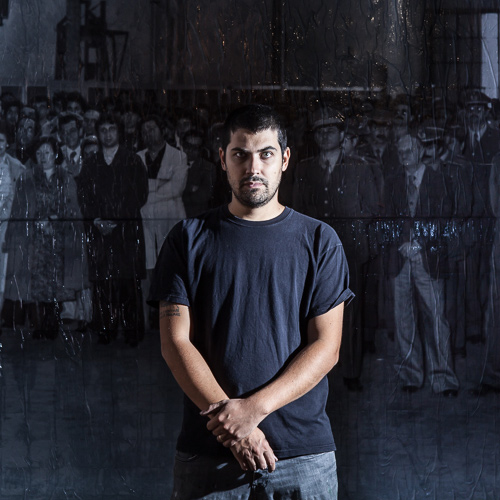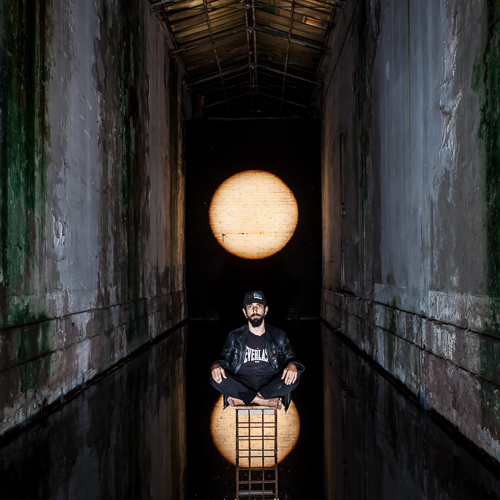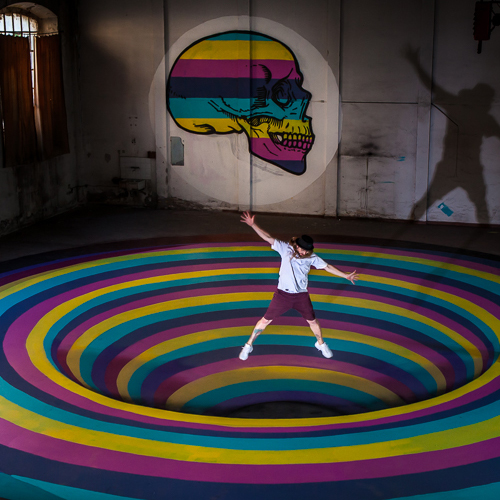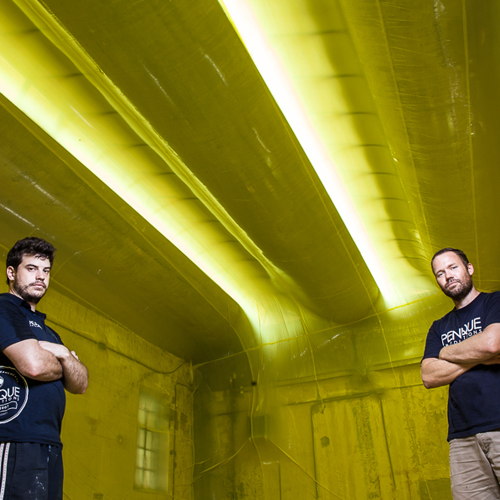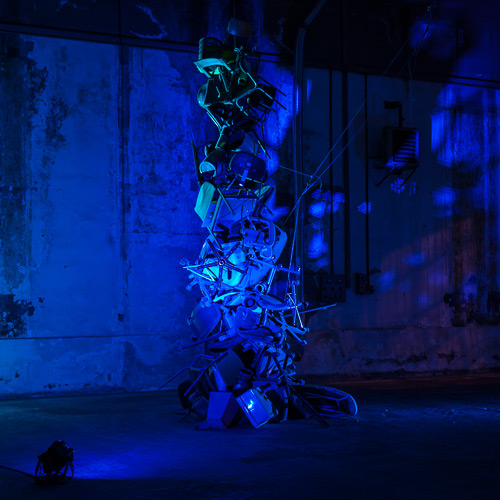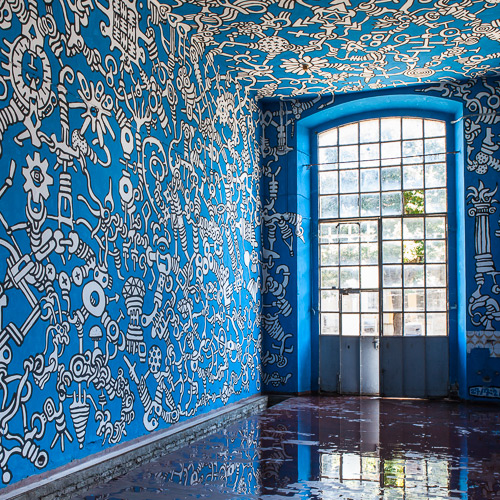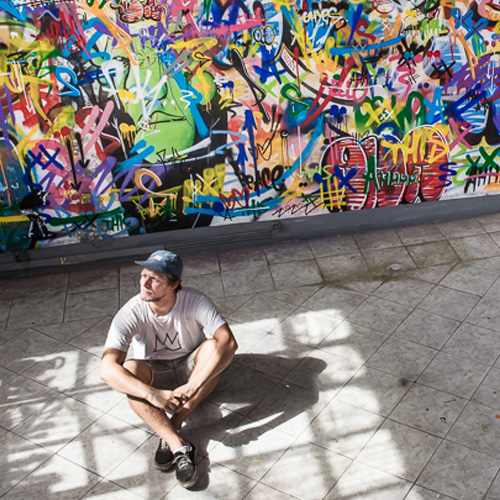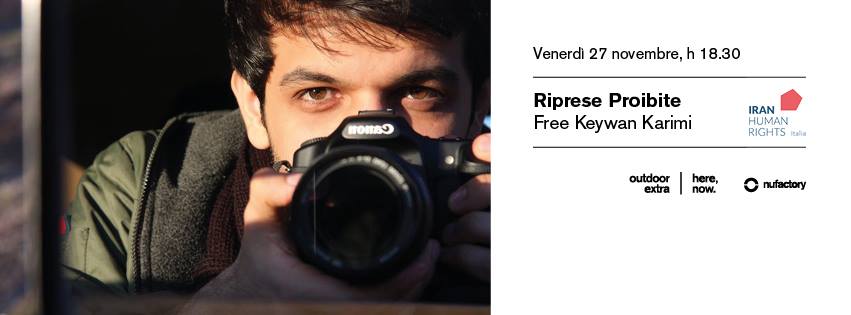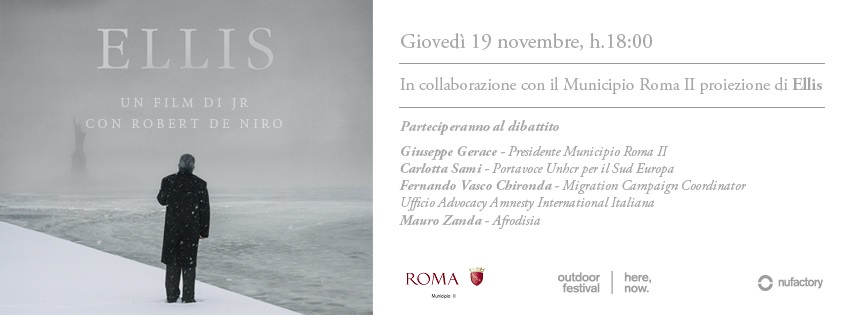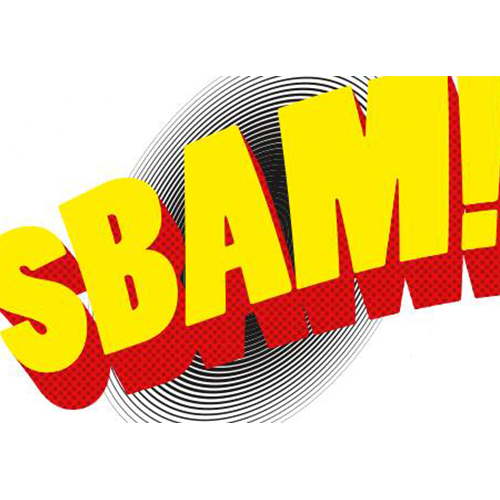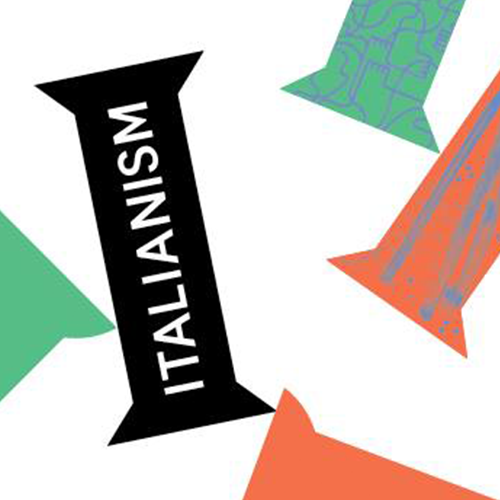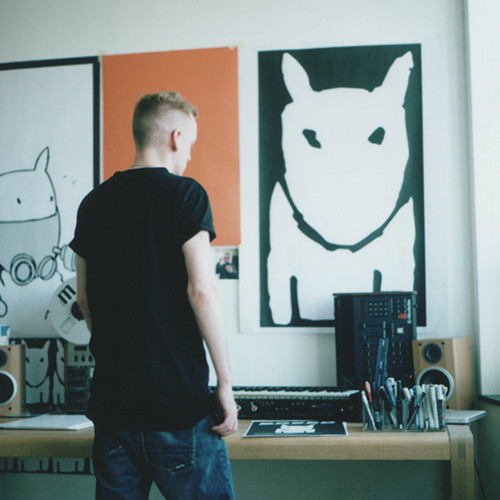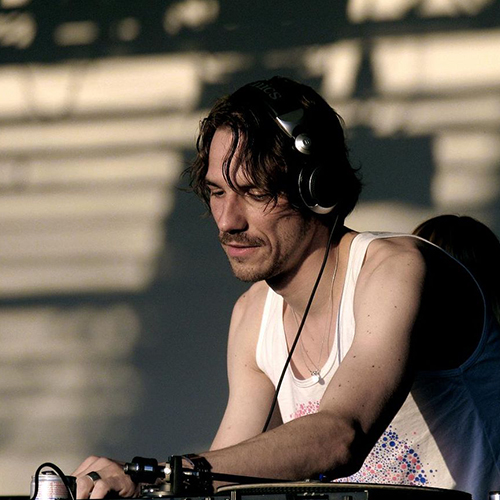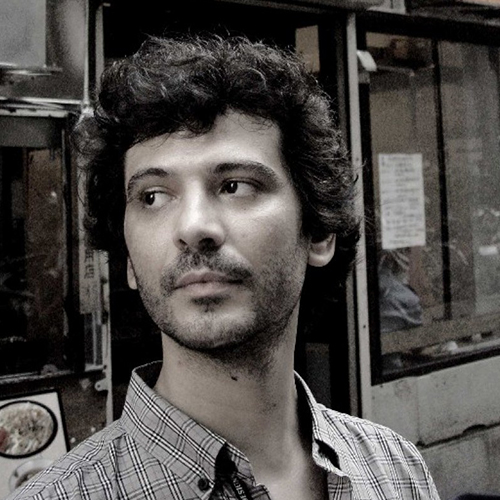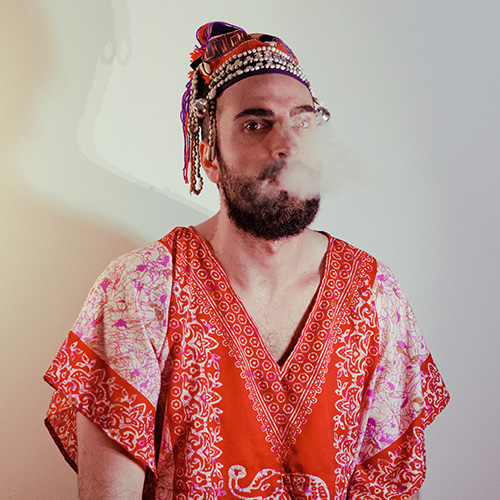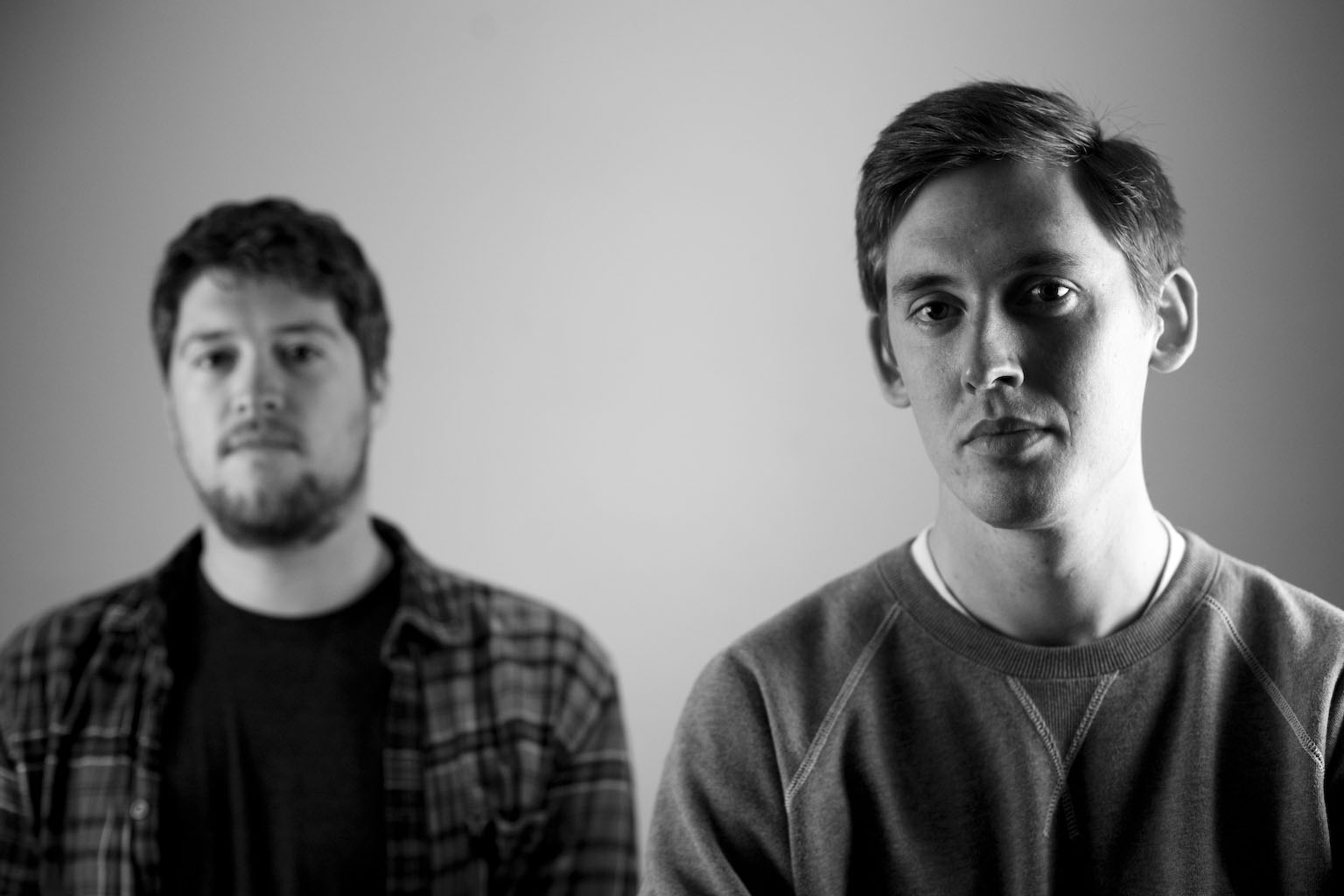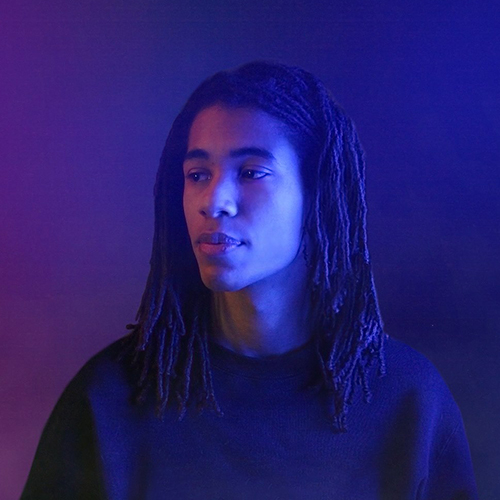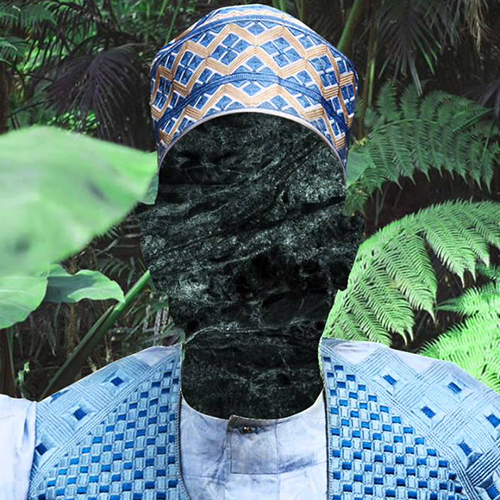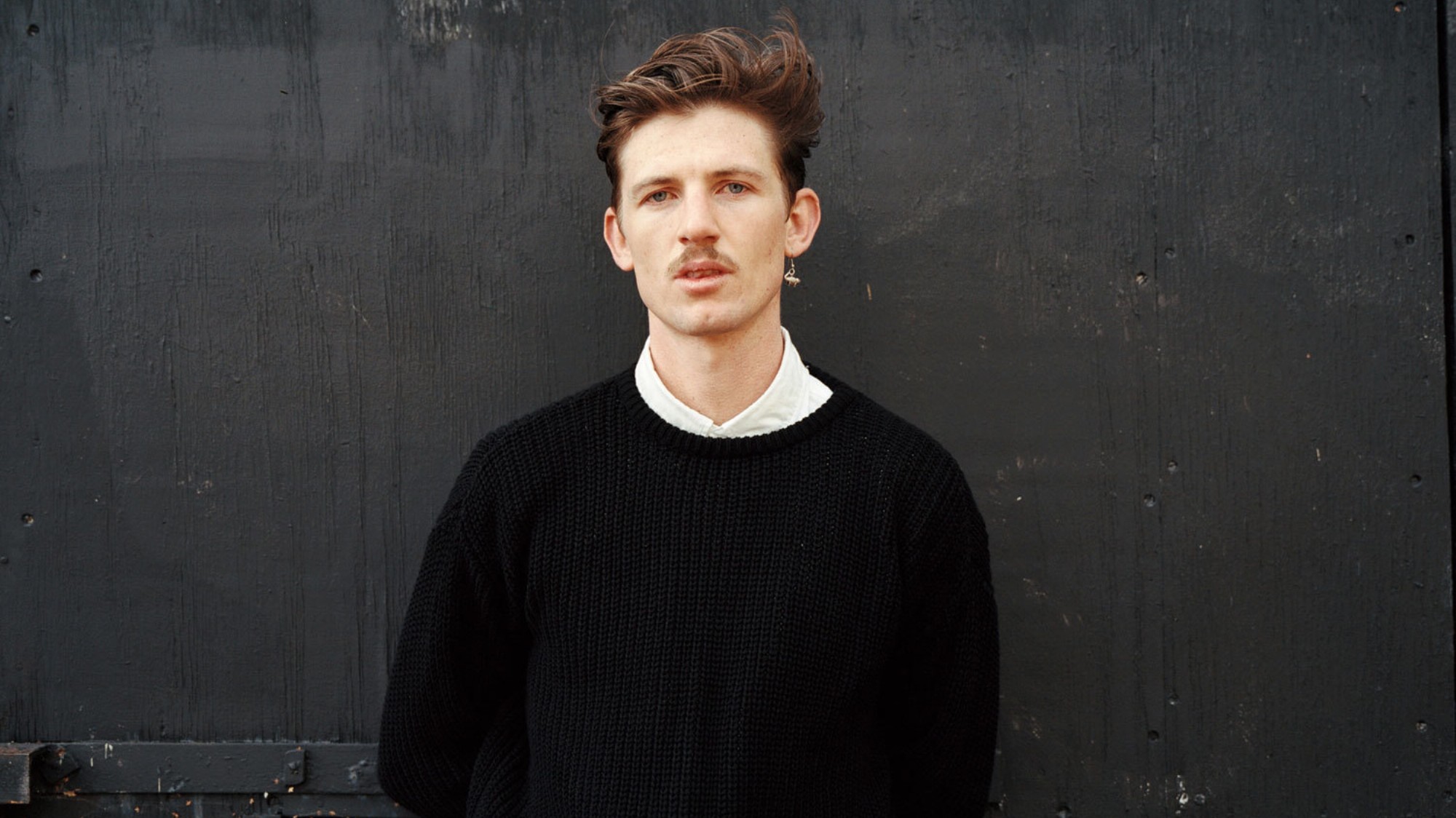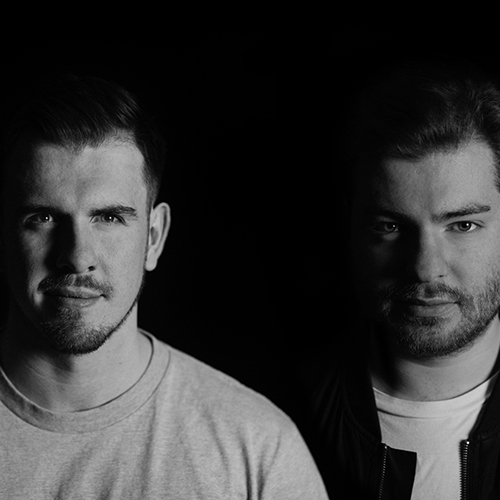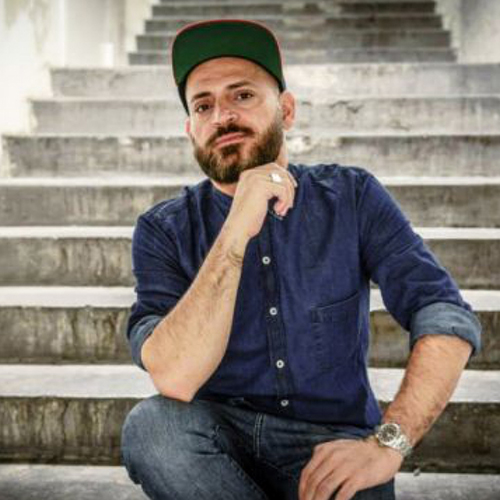2015
Tilt
Sono diversi i piani di lettura attraverso i quali è possibile interpretare l’opera di Tilt. Quello che risulta essere al centro dell’indagine dell’artista francese è senz’ombra di dubbio la natura primordiale del gesto artistico del graffito. La sua ricerca artistica è da sempre focalizzata su questo tema: lasciare una traccia, il proprio nome, in numerose parti del mondo e sulle superfici più disparate. I throw – up spesso vissuti come mera imbrattatura vengono da Tilt provocatoriamente decontestualizzati, estrapolati e inseriti in contesti inconsueti dove acquistano una bellezza nuova, spiazzante e disorientante. In questa ricollocazione le tag risultano concettualmente ed esteticamente legittimati, creando così un cortocircuito con il pregiudizio negativo a loro associato. All’interno delle ex caserme la sua ricerca si spinge oltre: non è in atto una mera decontestualizzazione ma una rimodulazione delle superfici destinate a queste azioni. Le grandi finestre diventano così le superfici su cui l’artista interviene. I numerosi throw-up colorati sulle finestre rievocano le grandi vetrate delle chiese gotiche e ci conducono in una dimensione sacrale. Il riverbero della luce sulle pareti e sul pavimento e la parete principale con i profili in negativo delle finestre ci inducono al rispetto e alla contemplazione. La grande parete dipinta è contrapposta ad un’esposizione di fotografie raffiguranti i finestrini della metro di Roma e di altre città del mondo e la firma dell’artista; lo spettatore è costretto ad attraversare per intero il padiglione così da indagare lo spazio intero.
__________________________________________
There are different layers of meaning by which it is possible to interpret Tilt’s work. Without a shadow of a doubt the primordial nature of graffiti is essential to the French artist’s work. His artistic research has always focused on this theme: to leave a sign, one’s name, in a vast part of the world and on a wide variety of surfaces. The throw-up, often seen as a mere act of vandalism, through Tilt becomes provocatively decontextualized. Extracted and inserted in unexpected contexts, it acquires a new beauty that is unsettling and disorienting. Under this guise tags become legitimized, both conceptually and aesthetically, creating a short circuit in the negative prejudice against them. Inside the former barracks he has pushed the limits of his research; not just an act of mere decontextualization, he has reshaped the surfaces destined for these interventions. Thus, the large windows become the surfaces on which the artist works. The numerous colorful throw-ups evoke the large stained glass windows of Gothic churches and lead us into the sacred realm. The reflection of light on the floors and walls, as well as the focal wall with the negative silhouette of the windows draws us in for respect and contemplation. The large painted walls are contrasted with an exhibition of photos taken of the windows of Rome’s metro, as well as other international cities, and the artist’s signature. The viewer is forced to walk through the pavilion in order to investigate the entire space.
